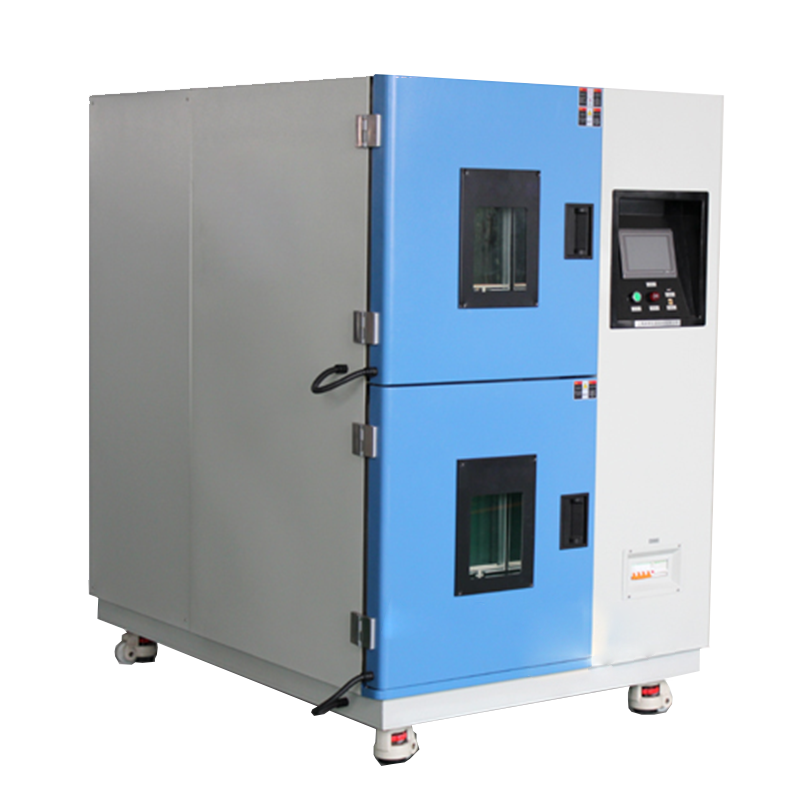The thermal shock test chamber is regarded as the best equipment for product quality testing primarily because it can simulate a product's performance under extreme temperature conditions, thereby comprehensively evaluating the product's quality, reliability, and adaptability.
1. Evaluating Product Performance
The thermal shock test chamber can simulate a product's performance under high temperatures, low temperatures, and rapid temperature changes. Through testing, manufacturers can observe how the product operates under extreme conditions, including startup, operation, and shutdown. Additionally, it helps detect potential performance degradation or failures during temperature transitions, providing valuable insights for product optimization.
2. Verifying Product Reliability
Inside the thermal shock test chamber, products undergo repeated temperature cycling, subjecting them to harsh environmental challenges. This testing verifies the product's reliability under extreme conditions, such as lifespan, failure rate, and stability, ensuring consistent performance in real-world applications.

3. Enhancing Product Adaptability
Thermal shock testing simulates various extreme temperature environments, helping products improve their adaptability. By undergoing these tests, products can better withstand different climatic conditions, enhancing their usability across diverse settings.
4. Optimizing Product Design
Thermal shock testing reveals potential flaws in product design and manufacturing, offering critical data for optimization. By identifying performance and reliability issues under extreme temperatures, manufacturers can make targeted improvements to the product's design.
5. Meeting Industry Standards & Certification Requirements
Thermal shock testing is a key component of many industry-standard tests and certifications. Passing these tests ensures compliance with relevant regulations and supports the product's certification process.
In summary, the thermal shock test chamber is considered the best equipment for product quality testing because it not only enhances product quality and reliability but also ensures compliance with industry standards and certification requirements by simulating extreme temperature conditions.













